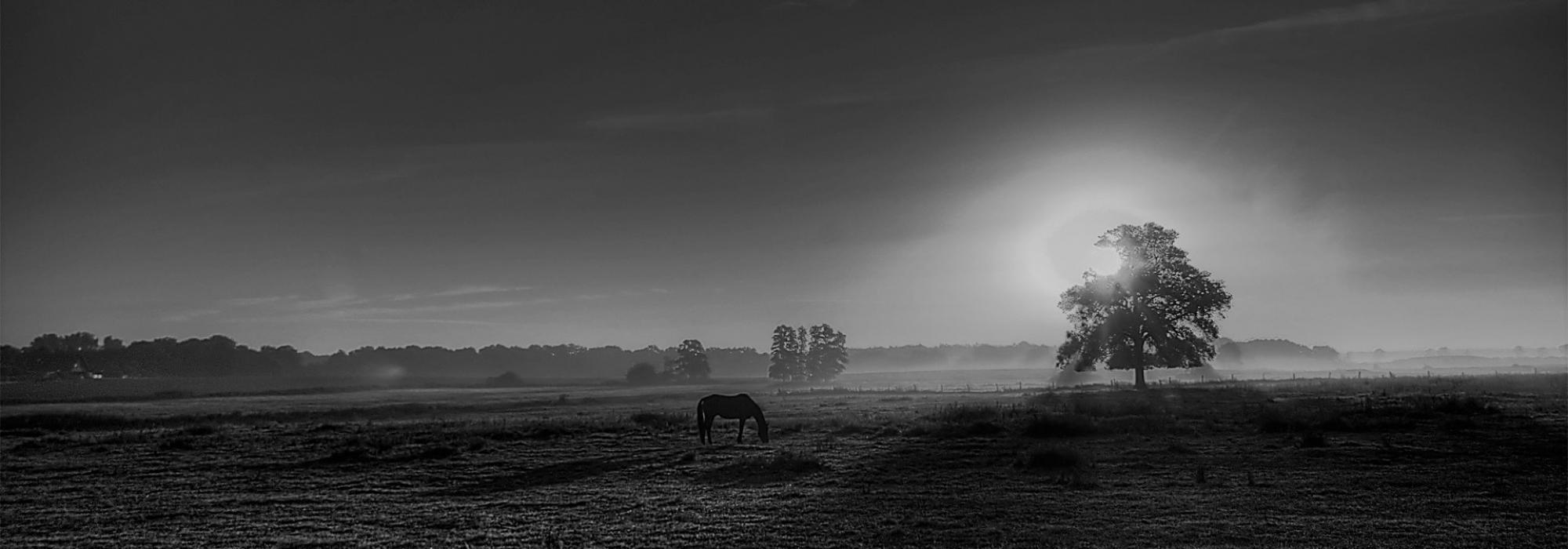वयमिह परितुष्टा वल्कलैस्त्वं दुकूलैः
सम इह परितोषो निर्विशेषो विशेषः।
स तु भवति दरिद्रो यस्य तृष्णा विशाला
मनसि च परितुष्टे कोऽर्थवान् को दरिद्रः॥
I’m happy wearing tree barks; silk garments please you. The satisfaction is the same; difference is merely apparent. A person is poor whose desire is limitless. Once the mind is content, who is the rich, who poor?
Set to the Mālinī meter, this verse gives expression to a home truth. We do not know who Bhartṛhari had in mind when he said ‘tvam;’ but the verse applies to all of us. The poet speaks of himself in the plural while addressing his subject in the singular. This nicely suggests his contempt for the rich. ‘Nirviśeṣo viśeṣaḥ’ has turned into a catch phrase in Sanskrit, though most people use it without knowing the source.
स्तनौ मांसग्रन्थी कनककलशावित्युपमितौ
मुखं श्लेष्मागारं तदपि च शशाङ्केन तुलितम्।
स्रवन्मूत्रक्लिन्नं करिवरशिरःस्पर्धि जघन-
महो निन्द्यं रूपं कविजनविशेषैर्गुरु कृतम्॥
Breasts, which are but lumps of flesh, are compared to golden pitchers; face, the seat of phlegm, is compared to moon; vulva, which is always stained by urine, is compared to the head of the best of elephants. A form that deserves to be reprehended is glorified by poets.
It’s likely that many people will find this verse distasteful; unpardonably crass, even. No such feelings bother Bhartṛhari. Sanskrit poets, with rare and honorable exceptions like Amaruka, have a hopeless obsession for describing female anatomy. Verses on śṛṅgāra are invariably sprinkled with generous amounts of stana and jaghana—so much so that they appear like punctuations! No wonder Bhartṛhari was appalled by this grotesque fascination. The poet has grown by leaps and bounds in terms of aesthetic and philosophical refinement, for he had himself engaged in describing the female body in Śṛṅgāra-śatakam.
न नटा न विटा न गायका
न परद्रोहनिबद्धबुद्धयः।
नृपसद्मनि नाम के वयं
स्तनभारानमिता न योषितः॥
I am no actor, nor a flatterer, no musician, nor a scheming scoundrel. Of what use am I in a royal court? For neither am I an attractive girl.
Set to the Viyoginī meter, this verse is a ready reckoner to know the kinds of people entertained in a king’s court. Though government offices have replaced palaces, the situation remains the same to this day. It seems the poet started to enlist the said categories of people and thinking he’d come to an end, composed the third line in a generic fashion. But soon after, he realized that he’s left out a vital category—that of women—and added it in the fourth line! A reader alive to the nuances of Sanskrit will surely grin at the perfectly appropriate use of the prefix ‘ā’ in ‘ānamitā.’ The śabdālaṅkāra in naṭā viṭā and nibaddha-buddhayaḥ is hard to miss.
कृशः काणः खञ्जः श्रवणरहितः पुच्छविकलो
व्रणी पूयक्लिन्नः कृमिकुलशतैरावृततनुः।
क्षुधाक्षामो जीर्णः पिठरककपालार्पितगलः
शुनीमन्वेति श्वा हतमपि च हन्त्येव मदनः॥
An old dog, purblind and emaciated, lame and deaf, famished and tailless, with its neck stuck in a broken bowl and a stinking body full of worms, will still run after a bitch. The lord of love leaves not even a stricken creature; he strikes again.
Desirous to describe instincts at their most basal level, Bhartṛhari presents a picture of a morbidly disfigured dog that is as good as dead, but springs to action as soon as it sees a bitch. This verse would probably not have the same effect if it were to have humans as its subject, for some readers would be appalled by it at a personal level. By speaking of a dog, the poet has secured for us the distance that is so much necessary for self-reflection. This has also helped to heighten the sentiment of disgust, which, Indian aestheticians aver, leads to the sentiment of serenity. If lust leaves not a dog, what to speak of humans?
The next verse is one of the earliest representations of humans as actors taking part in a cosmic play. The idea has been used by numerous poets in many ways over the centuries, but nothing has the raw charm of Bhartṛhari’s words:
क्षणं बालो भूत्वा क्षणमपि युवा कामरसिकः
क्षणं वित्तैर्हीनः क्षणमपि च सम्पूर्णविभवः।
जराजीर्णैरङ्गैर्नट इव वलीमण्डिततनु-
र्नरः संसारान्ते विशति यमधानीयवनिकाम्॥
Playing multiple fleeting roles of a child, a wanton young man, a pauper, and a wealthy person, a man worn out by age finally enters the abode of death like an actor exiting the stage.
यत्रानेके क्वचिदपि गृहे तत्र तिष्ठत्यथैको
यत्राप्येकस्तदनु बहवस्तत्र चान्ते न चैकः।
इत्थं चेमौ रजनिदिवसौ दोलयन्द्वाविवाक्षौ
कालः काल्या भुवनफलके क्रीडति प्राणिशारैः॥
The pawns are in constant movement: here many, where before was one; here none, where many stood before. Īśvara, along with Kālī, sits at the chessboard of the world and rolls the dice of night and day, only to take the pawns of living beings.
This one verse is enough to secure for Bhartṛhari the status of a mahākavi. It takes a true genius to come up with such a novel idea and express it with force and beauty. Our poet’s sense of propriety shines in all its glory, for he has chosen Kāla and Kālī, the deities of dissolution, to play. Every detail in this verse is hauntingly apt: day follows night in an incessant cyclical fashion, and this when observed from a master poet’s perspective appears like two dice rolling! Further, which is the board big enough to host the pawns of all living beings? The world itself. The knowledge that our lives are mere pastimes for the Supreme is indeed humbling.















































